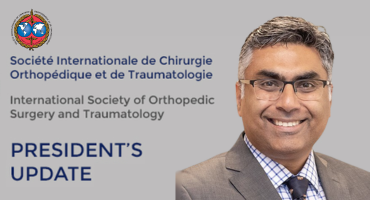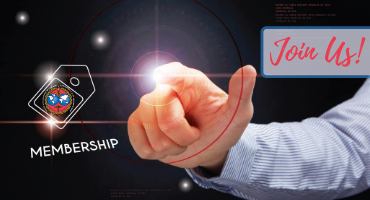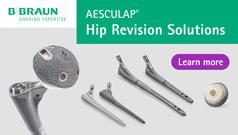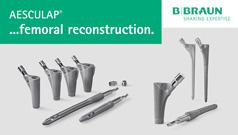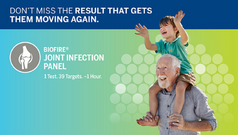J Bone Joint Surg Am. 2025 Sep 25. doi: 10.2106/JBJS.24.01196. Online ahead of print.
ABSTRACT
BACKGROUND: Arthroscopic partial meniscectomy (APM) for degenerative meniscal tears is one of the most common orthopaedic procedures. Surgeons often encounter chondral lesions during APM, and often debride them. The Chondral Lesions And Meniscus Procedures (ChAMP) trial found no benefit to debriding chondral lesions during APM at 1 and 5-year follow-up intervals. To gauge longer-term patient outcomes, we evaluated the original ChAMP trial patients 9 years after surgery.
METHODS: We collected patient-reported outcome measures (PROMs) with the Western Ontario and McMaster Universities Osteoarthritis Index (WOMAC), Knee injury and Osteoarthritis Outcome Score (KOOS), visual analog scale for pain (VAS-Pain), and Short Form-36 (SF-36); performed a physical examination including evaluation of the range of motion, quadriceps circumference, and effusion; measured radiographic joint space narrowing; and recorded any subsequent surgery. We compared treatment groups (observation versus debridement) with t tests, multiple linear regression analysis, chi-square tests, and adjusted logistic regression. P values of <0.05 were considered significant. All analyses were completed using R statistical software.
RESULTS: Of the 190 patients in the original ChAMP trial, 140 (64 [69.6%] of those in the observation group and 76 [77.6%] of those in the debridement group; p = 0.278) were available for outcome collection at the 9-year follow-up. The majority of patients were male (62.6%), and the average age was 63.9 ± 7.2 years at the 9-year follow-up. Of those 140 patients, 25 (17.9%) had had subsequent surgery on the index knee. Of the remaining patients, 115 completed PROMs, 106 underwent the physical assessment, and 109 underwent radiographic examination. There were no differences between the treatment groups with regard to demographics, except for preoperative weight, which was adjusted for in the modeling. There were no significant differences between the groups with respect to the WOMAC pain score (p = 0.15), other PROMs, physical assessment measurements, radiographic measurements of joint-space narrowing in the surgically treated knees, or rates of subsequent surgery.
CONCLUSIONS: Data collected at 9 years, including PROMs, findings on physical examination, joint space narrowing, and rates of subsequent surgery, indicated that there was no benefit to debriding unstable chondral lesions at the time of APM.
LEVEL OF EVIDENCE: Therapeutic Level I. See Instructions for Authors for a complete description of levels of evidence.
PMID:40997153 | DOI:10.2106/JBJS.24.01196







